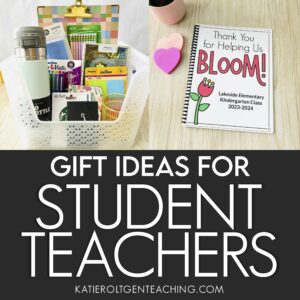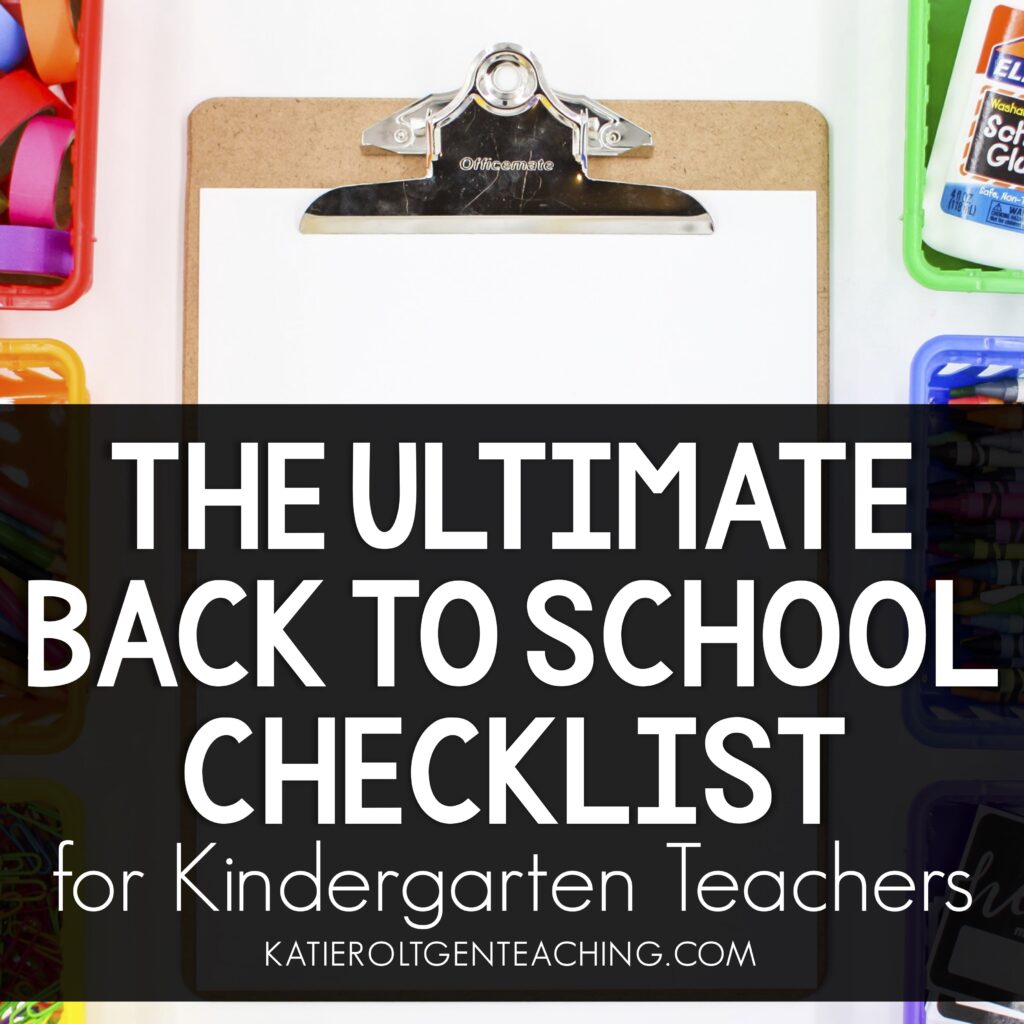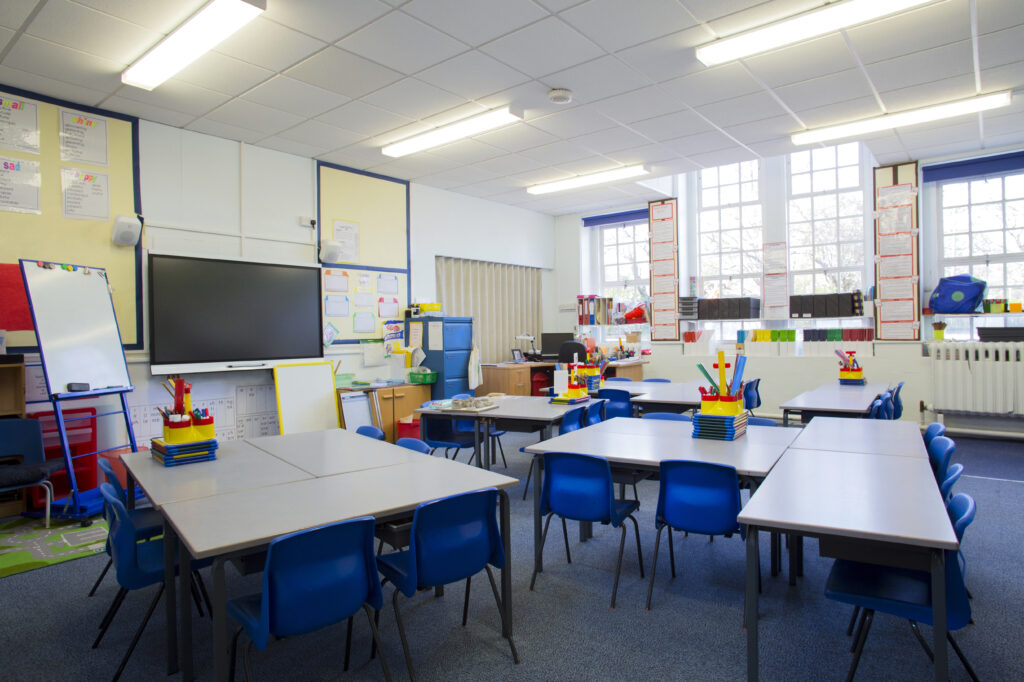
Menu
The new school year can be really stressful for teachers. As a kindergarten teacher, I know there are always a million things to do. Of course, I like to get organized and make a back to school checklist to make sure I don’t miss a thing! From setting up my classroom, organizing supplies, and getting things ready for lessons and students, there’s so much to prepare. Here is the ultimate back to school checklist for teachers.

To begin, setting up your classroom can be overwhelming, especially if you’re in a new room or building. Don’t overthink it!
First, create areas for different activities. Having these designated areas helps keep your classroom organized and help your kindergartners transition between tasks. For example, you may want to add a classroom library area, small group table, supply station, and centers station. I also like to set up my classroom so it’s ready-to-go for morning tubs and literacy and math centers. In addition, organize materials in each of the areas for easy access. Overall, your classroom should be cozy and inviting for your students (and you)!
Next, start decorating your classroom. Of course, classroom decorations do not have to be over the top. You can pick a specific theme if you have one in mind, or just pick a color scheme.
First, decorate bulletin boards with welcoming messages and themes. Next, have a place to display student work and artwork around the classroom. Finally, use anchor charts or posters to remind students of rules and procedures and important concepts, such as number and shape posters.
Your classroom doesn’t have to be Pinterest-perfect, just welcoming!
Here are some other essential classroom areas to add to your back to school checklist:

Another essential part of your back to school checklist is supplies. Make sure you have enough supplies for your students. However, many schools provide supplies students need or ask families to donate. Don’t feel like you have to buy everything for your classroom. Check with your school first.
I like to have supplies in a designated area. Of course, there are some supplies students can keep in a pencil box (like pencils, crayons, scissors), and others that I distribute (clipboards, dry erase markers, technology). Overall, it is nice to have these supplies stored where I can find them and where students can access them when needed.
Here are some must-have classroom supplies for your back to school checklist:
One of the most daunting parts of starting the year is the thought of lesson planning. If you have a set curriculum or grade level partner, it’s easier to get started. However, you don’t have to stress about lesson planning with ready-to-go math and literacy lessons for the full year! These resources are also aligned with educational standards and learning objectives.
Another lesson planning item on your back to school checklist is individual education plans or IEPs. First, make sure you check with the special education teacher(s) at your school for IEPs or 504 plans for the students in your classroom. Next, make sure you’re prepared to implement any accommodations or modifications your students need.
Knowing where all your lessons will be coming from is key to getting started on long-term planning for the year. Here are the main areas you’ll want to check on for lesson planning:
Your back to school checklist isn’t complete without classroom management. This starts with classroom procedures and routines. Of course, this is important at all grade levels, so getting a good start in kindergarten is essential!
First, sometime in the first week, I start by working with the students to establish their own kid-friendly classroom rules and expectations. It also helps to have posters or anchor charts with visual reminders of the rules.
Next, I introduce (and revisit often) the arrival and dismissal routines. Transitioning to the school day can be difficult for students, particularly when you are trying to take attendance and lunch count. Morning tubs help greatly with arrival time and you can teach students to use them just like any other routine! For dismissal routines, practice packing up and then lining up to get where they need to go.
In addition to classroom rules and arrival/dismissal routines, your back to school checklist should also have these items to make sure you’re ready to implement classroom procedures and routines:
When you need to start something that seems overwhelming, just getting started is sometimes the hardest part! I put together my tips from this blog post, plus some other helpful ideas and lists, in PDF form for you to save and print as you want. Enter your information below and the Ultimate Back to School Checklist for Kindergarten Teachers will be sent straight to your inbox!
As someone who has moved classrooms multiple times, I know getting ready for the start of the school year can be so crazy! I hope this back to school guide is helpful to you as you set up your classroom and get ready for the school year.